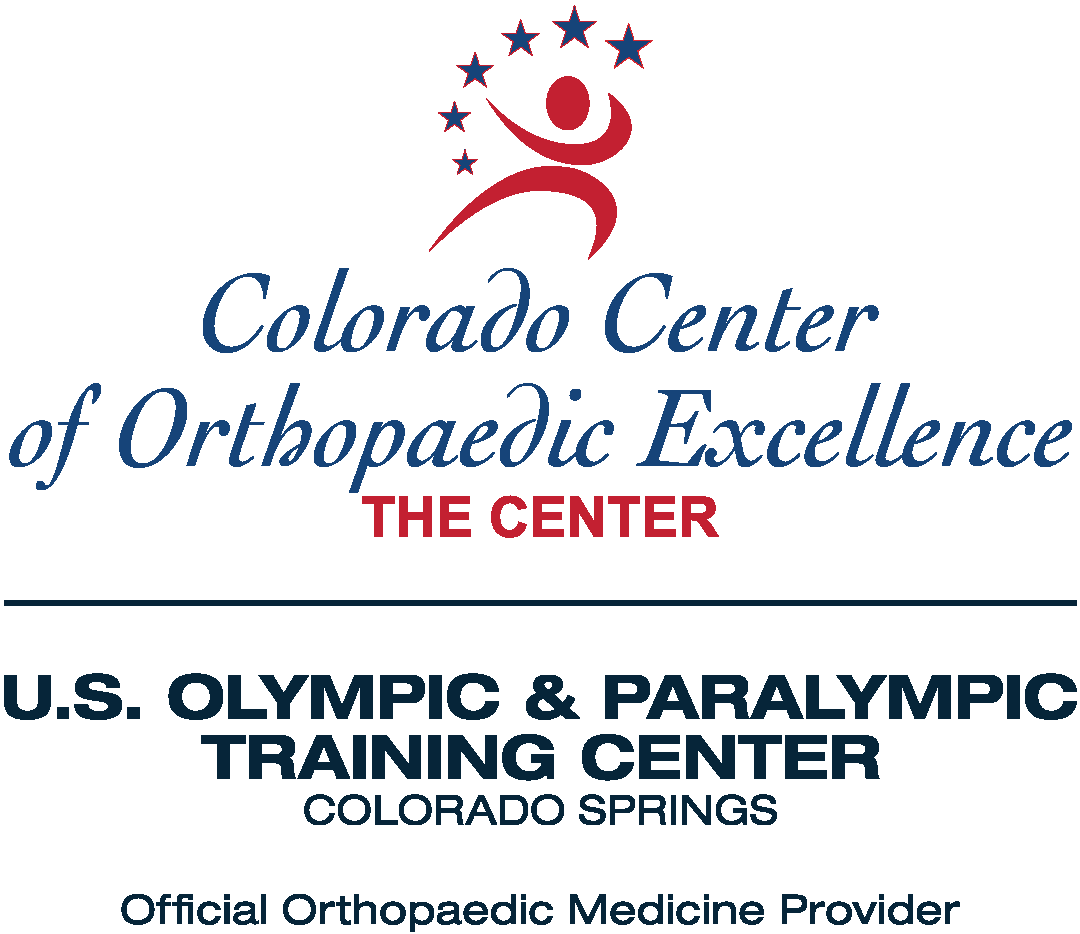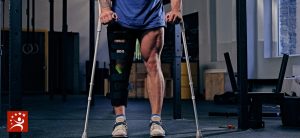Trigger Finger may not sound like a serious condition, but to those who have it, it can be pretty debilitating. Trigger Finger is when the fingers get stuck in a bent position. In some people, Trigger Finger may get better without treatment. However, if it is not treated, there is a chance the affected finger could become permanently bent, which will make performing everyday tasks like buttoning a shirt or inserting a key into a lock difficult. When a finger becomes stuck, the entire function of the hand is affected. In the worst cases, the digit can’t be straightened at all without intervention by an experienced hand surgeon. And the best place to find the best orthopedic specialist in Colorado Springs is at the Colorado Center of Orthopaedic Excellence. Before your life gets stuck, you should see someone who can ensure your fingers work how they should.
OVERVIEW
The fingers most affected by Trigger Finger are the ring finger and thumb, but the condition can affect any finger. When it affects the thumb, it is referred to as Trigger Thumb. More than one finger may be affected at a time, and both hands might be involved. It is also called Stenosing Tenosynovitis. Trigger Finger is most common in women over the age of 50. There is a higher risk if someone has diabetes, low thyroid function, or rheumatoid arthritis. Triggering is usually worse in the morning, although it is usually painful throughout the day as the fingers can straighten with a snap suddenly, catching and locking without warning.
FLEXOR TENDONS AND TRIGGER FINGER
Tendon flexors work like long ropes connecting the muscles of the forearm with the bones of the fingers and thumb. Each of the flexor tendons to the fingers and thumb passes through a separate tubular structure called a tendon sheath as the tendon makes its way across the palm and into the digit. Along the tendon sheath, bands of tissue called pulleys hold the flexor tendons closely to the finger bones as the fingers flex and extend. With Trigger Finger or Trigger Thumb, the tendons become irritated, swollen, and inflamed and can no longer easily slide through their sheaths. A bump may also form on the tendon, which makes it even more difficult for the tendon to glide through its sheath easily. When the digit flexes and the thickened nodule passes through the tight pulley, there is a sensation of catching or popping. The finger gets stuck in a bent position—as if squeezing a “trigger.” Thus, the name.
WHO CAN GET THIS?
People between the ages of 40 and 60 are at high risk. As mentioned, also people with diabetes, osteoarthritis, or rheumatoid arthritis. But occupations, hobbies, and tasks that involve strenuous repetitive motions, frequent strong grasping or gripping, or forceful use of the fingers and/or thumb often increase the risk. For example, forceful grabbing of a racket or tool. Sports like tennis, squash, golf, and ice hockey that involve rackets, clubs, or sticks put athletes at risk. Squeezing and holding a power drill or holding a dumbbell for an extensive period can cause Trigger Finger. People who work on a computer all day, plumbers, cleaners, and even musicians, are at risk. Today, with the overuse of smartphones, the risk is high, even among younger age groups.
SYMPTOMS
Symptoms of Trigger Finger may progress from mild to severe and include:
- Finger stiffness, particularly in the morning
- Sudden or lingering pain
- A popping or clicking sensation as the finger moves
- Tenderness or a bump in the palm at the base of the affected finger
- Finger catching or locking in a bent position, which suddenly pops straight
- Finger locked in a bent position
NON-SURGICAL TREATMENTS
The first step is to refrain from the activity that brought it on. Resting, over-the-counter medications such as acetaminophen and non-steroidal anti-inflammatory drugs (NSAIDs), splinting to keep the finger straight while you sleep, and gentle stretching exercises can help. In many cases, this is not enough.
WHEN IS SURGERY INDICATED
If the condition does not respond to non-surgical treatments or continues to recur, surgery may be recommended. There are commonly two types of surgery. The first, which is done under local anesthesia and does not require a hospital stay, is called Percutaneous Release. The surgeon numbs the palm of the hand and inserts a needle into the area around the affected tendon. They move the needle and the finger to loosen the tendon and make it work smoothly, often using ultrasound to see where the tip of the needle is. More invasive is tenolysis or Trigger Finger release surgery. Here, the surgeon makes a small cut at the base of the finger and opens the sheaths around the tendon.
GETTING THE RIGHT DIAGNOSIS. GETTING THE RIGHT DOCTOR.
Diagnosing Trigger Finger is typically done by talking with a highly-trained orthopedic hand specialist who will discuss in depth with you about your symptoms and carefully examine your hand. No X-rays or lab tests can diagnose Trigger Finger, which makes it all the more important to find a surgeon at the top of their field. There are different grades given on the scale of the issue, and it takes an expert to determine the level of your condition. Additionally, Trigger Finger can be mistaken for other hand conditions, including de Quervain’s tenosynovitis and Dupuytren’s contracture. If this happens, the wrong treatment option may be taken. To avoid this and eliminate the worsening pain you may have in your hand, even when it’s still, you want to consult with one of the highly experienced hand surgeons at the Colorado Center of Orthopaedic Excellence in Colorado Springs, Colorado. No one has their finger on the problem as they do.

















